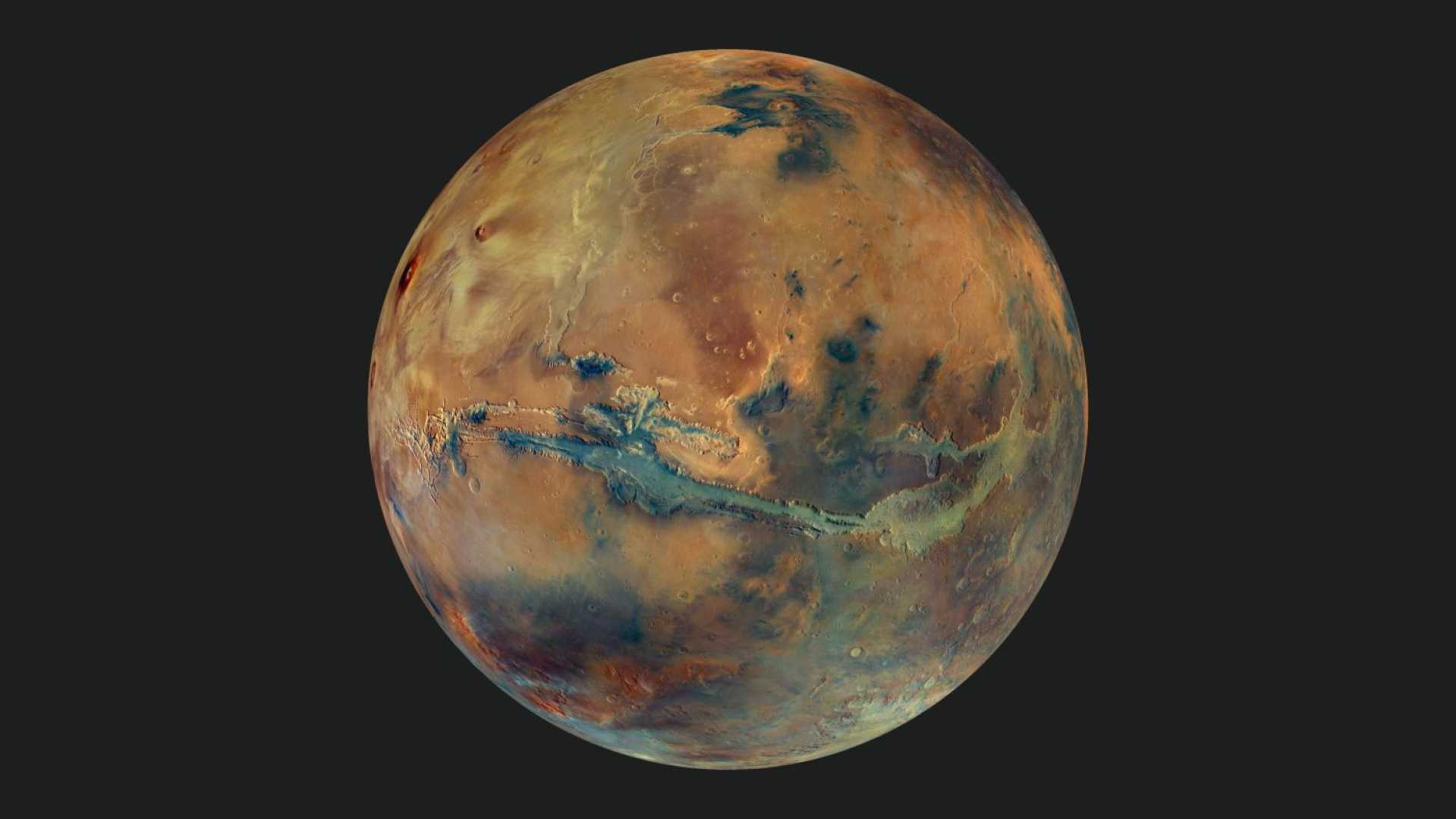World
Mars’ Red Color Linked to Ancient Water, Challenging Long-Held Theories

WASHINGTON, D.C. — Two recent studies suggest that ancient water on Mars may have contributed to its iconic reddish hue and could point to a previously overlooked dry coastline. These findings, published on February 25, reveal new insights into the planet’s watery past, suggesting an environment that could have been conducive to life.
Researchers have identified a potential ancient beach in Mars’ northern hemisphere and detected ferrihydrite, a water-containing iron oxide mineral accountable for the planet’s red color. Both studies collectively illuminate the conditions on Mars when it held significant liquid water over three billion years ago.
“Early Mars has historically been considered either ‘cold and dry’ or ‘warm and wet,’” said Alberto Fairén, an astrobiologist at the Center for Astrobiology in Madrid and Cornell University. “The new studies resolve the second part of the equation: Early Mars was wet; it was never dry.”
The northern lowlands of Mars lie at a lower elevation than the rest of the planetary surface, prompting speculation that this area was once underwater. Researchers from the Zhurong mission utilized ground-penetrating radar to examine the subsurface at depths of 10 to 35 meters, revealing a slope resembling terrestrial shorelines, according to a report published in the Proceedings of the National Academy of Sciences.
“Radar data indicate that the slope is formed of pebble- to sand-sized sediments,” noted planetary scientist Michael Manga and colleagues. The team discounted the possibility that these features were dunes shaped by wind, asserting that their characteristics are not consistent with the expected forms.
Though these findings do not definitively prove that Mars once harbored vast oceans, establishing the existence of a potential shoreline could improve our understanding of the planet’s ability to support life. As Manga stated, “The interface between water, rock, and air could provide a suitable environment for life.”
Another study published in Nature Communications examined the nature of Mars’ red coloration. Scientists have long linked this hue to hematite, a form of iron oxide formed under dry conditions. However, Adam Valantinas, a planetary scientist at Brown University, suggests that the red Martian surface is primarily due to ferrihydrite, which forms in water-rich environments.
“We aimed to resolve the longstanding question of why Mars is red,” Valantinas said. “While many understand it to be due to rust, the specific mineralogy can reveal much about the environmental conditions at the time of its formation.”
Previous studies speculated that Mars’ hematite formed only after liquid water receded from its surface. However, new data indicate that ferrihydrite, which contains water, was present when Mars still had liquid water on its surface. By analyzing various iron oxides, the researchers concluded that a combination of ferrihydrite and basalt best explains the color observed from Mars.
“This study indicates that the planet may have rusted earlier than previously thought, suggesting a transition from a wet to a dry environment,” Valantinas explained. Current Martian conditions undoubtedly differ from those present during the formation of ferrihydrite. As noted by Fairén, “Combining the two studies creates an image of early Mars with significant liquid water, forming seas or oceans in a generally cold climate.”
Crucially, researchers emphasize that the findings will be validated only when samples from Mars are returned to Earth. Colin Wilson, an ESA scientist, pointed to the importance of upcoming missions that will fetch Martian samples, stating, “When we collect these samples, we can measure the ferrihydrite content and ascertain what this means for understanding Mars’ water history and potential for life.”
For now, researchers continue to uncover the mysteries behind Mars’ unique coloration and its complex environmental history.












